Evaluating groundwater resources and groundwater-surface water interactions in the context of adapting to climate change

Content
Groundwater accounts for 98% of the world's unfrozen freshwater. Groundwater use has increased significantly in recent decades, and today there is a growing global risk of groundwater over-exploitation, degradation and pollution, jeopardising the resilience of communities, populations and ecosystems that depend on groundwater sources. A better understanding of complex aquifer systems is essential for effective integrated water management. The project aimed to fill gaps by transferring knowledge and capacity from advanced to less advanced 26 countries from Europe and Central Asia by (1) raising awareness of the existence of isotope hydrology techniques in Member States where knowledge is very limited, (2) transferring knowledge and building capacity for the use of isotope hydrology techniques through training courses and fellowships, (3) helping to answer specific regional or sub-regional and transboundary questions, e.This project improved evidence-based decision-making in integrated water management through improved characterisation and monitoring of groundwater resources.
Project outputs:
- Completed comprehensive situation analyses on hydrological infrastructure and implemented IWAVE approach in selected member states.
- Improved institutional and technical capacity of participating institutions for isotope hydrology.
- Established monitoring networks and new hydrological information acquired through nuclear techniques and other research tools compiled in sub-regional reports.
Seven case studies were completed:
- Source, age and recharge patterns of groundwater in south-east Europe
- Application of environmental isotopes in the transboundary karst aquifer "Oko" (water supply of the city of Trebinje)
- Environmental tracers for the assessment of nitrate contamination of coupled groundwater-surface water systems
- Case study on coastal aquifers
- Application of isotope hydrology in the Syr Darya transboundary catchment for water balance estimation and quality control
- Vulnerability assessment of stratified, often transboundary aquifers using the isotope method (dating)
Coordinator of the case study: GeoZS
Participating institutions: Armenia: IGS, Bulgaria: NIMH, Czech: HBU, CTU, Estonia: UT, EGS, EEA, TALTECH, Georgia: IG TSU, Croatia: HGI-CGS, Hungary: Atomki, Latvia: UL, LSES, Moldova: IGS_MD, Romania: IGS_MD, Romania: ISER, USV UBB, Russia: MSU, Slovenia: GeoZS, JSI, SEA, Slovakia: SGIDS.
The aim of this case study was to assess the vulnerability of stratified groundwater resources in selected pilot areas in 13 countries in Europe and the Caucasus. The focus was on the investigation of adaptation options to climate change with changing recharge rates and distributions and on the assessment of the risk of over-abstraction. It is focused on developing cost- and time-efficient sampling strategies to select the most appropriate dating method for different natural conditions. This was discussed in terms of variability in isotopic composition and groundwater residence times determined using stable isotopes and different isotope dating techniques. Using this approach, we can distinguish between hierarchically nested flow systems and estimate the proportion of relict and fresh water sources.
Since the beginning of 2021, we have been measuring physico-chemical parameters and stable water isotopes (oxygen and hydrogen) in precipitation in Ptuj and Murska Sobota, in the Mura River and in groundwater in Ptuj on a monthly basis. In autumn 2021, we took 13 freshwater samples from Quaternary, Pliocene and Miocene aquifers and thermal waters in north-eastern Slovenia to determine their age and origin.
7. Influence of climate change on groundwater resources and groundwater/surface water interactions in the Sava River basin
Coordinator: FMGPE
Participating institutions: Slovenia: GeoZS, SEA, JSI; Croatia: FMGPE, RBI; Bosnia and Herzegovina: GSFBH, GSRS; Serbia: FSDP, GSS.
The Sava River is the main recharge source for the alluvial aquifers in its catchment area, especially in the upper part of the river, in Slovenia and Croatia. The aim of this research was to form an international working group to define new GNIP and GNIR points in the Sava catchment and to define the groundwater-surface interaction in the different parts of the Sava River basin. The evaluation of isotope results together with historical hydrological and meteorological data showed the impact of climate change on groundwater resources, which helped to identify and implement measures for sustainable management of groundwater resources.
Since mid-2020, we have been measuring physico-chemical parameters and stable isotopes of water (oxygen and hydrogen) in precipitation, in the Sava River and in groundwater in Lesce-Radovljica, Ljubljana-Krka and Krško as well as tritium in Ljubljana on a monthly basis.
Participation at trainings: TN-RER7013-2004399 Virtual Regional Training Course on Isotope Hydrology (2020/2021 and 2021/2022), EVT2105062: Virtual Regional Training Course on Nitrate Isotope (2021), EVT1904188 Designation - Virtual Training Course on the Use of the Noble Gases in Hydrological Studies (2021).
Financing: TCF budget: € 866,580, Non-TC: € 793,500, Total: € 1,660,080
Project results
RER7013: Evaluating Groundwater Resources and Groundwater - Surface Water Interactions in the Context of Adapting to Climate Change
Environmental Tracers for the Assessment of Nitrate Contamination of Coupled Groundwater - Surface Water System
Application of Isotope Hydrology Techniques in the Oko Transboundary Karst Aquifer
Source, Age and Recharge Patterns of Groundwaters in South East Europe (SARGE)
Groundwater - Surface Water Interactions and Influence of Climate Change on Water Resources in the Sava River Basin
Vulnerability Assessment of Deep Stratified Aquifers in the Context of Adapting to Climate Change
